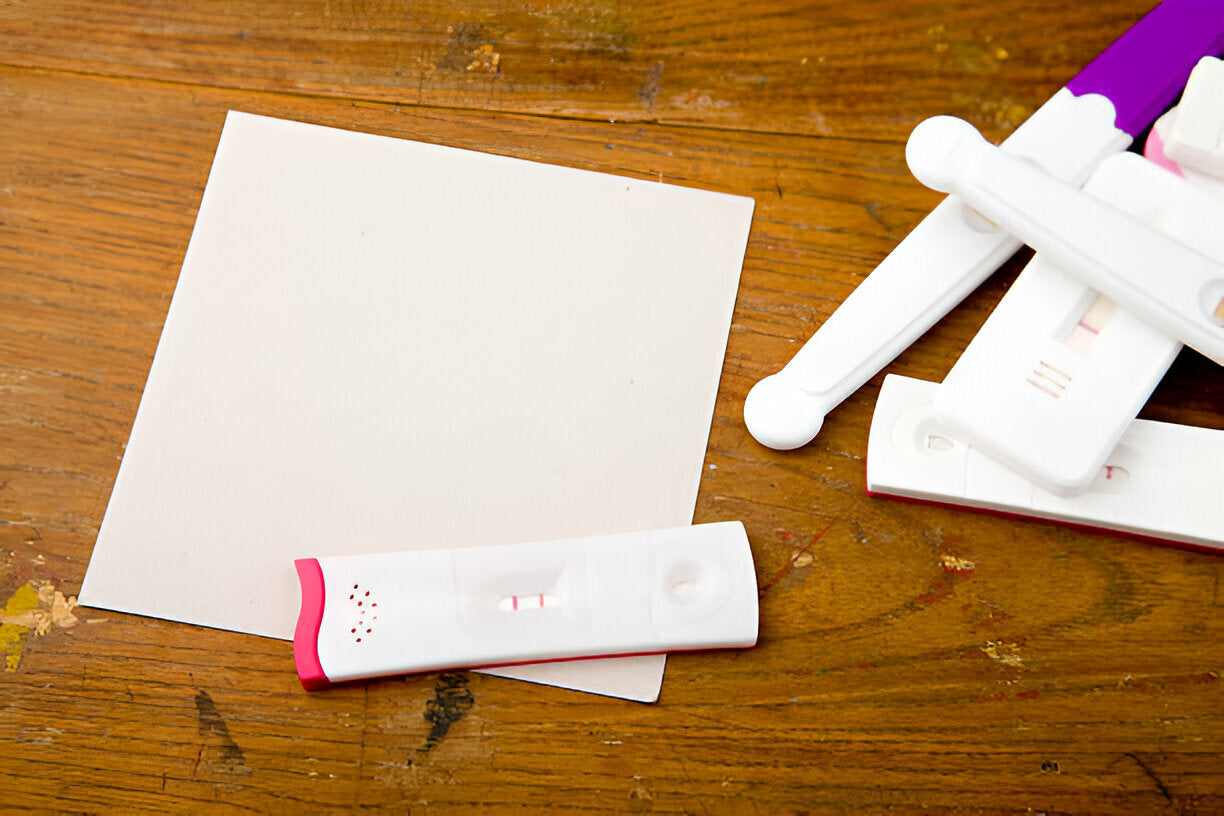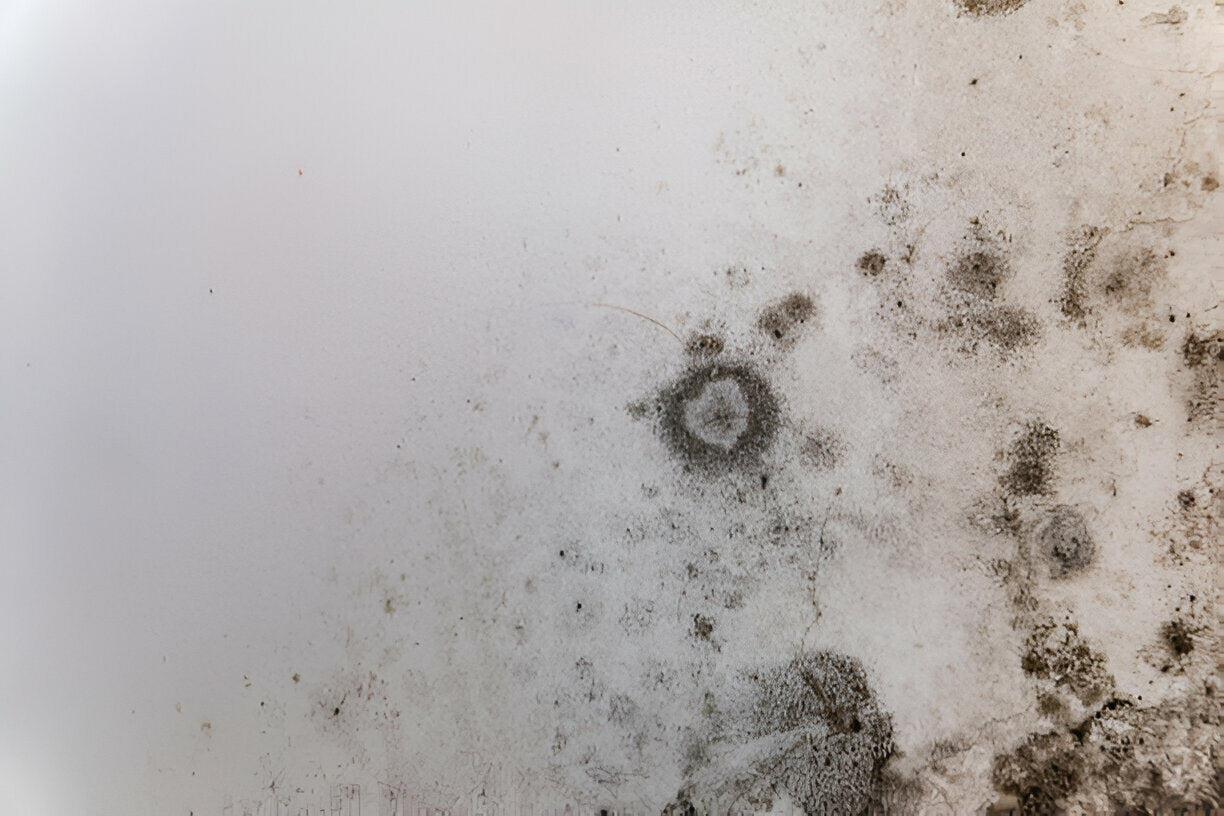The Connection Between Indoor Mold and Seasonal Allergies
Seasonal allergies affect millions of people each year, causing sneezing, congestion, itchy eyes, and other frustrating symptoms. While many associate these allergies with pollen, ragweed, and other outdoor triggers, indoor mold can also play a significant role in worsening allergy symptoms. In fact, many people continue to suffer long after pollen season ends, unaware that mold in their home may be the culprit.
How Mold Contributes to Allergies
Mold is a type of fungus that thrives in damp, warm environments. It reproduces by releasing tiny spores into the air, which can be easily inhaled. For individuals with mold allergies or respiratory sensitivities, exposure to mold spores can trigger symptoms similar to seasonal allergies, including:
-
Sneezing and nasal congestion
-
Runny or stuffy nose
-
Itchy, watery eyes
-
Wheezing or difficulty breathing
-
Persistent coughing
-
Sinus headaches or pressure
-
Increased fatigue
For some, mold exposure can also lead to more severe reactions, particularly in individuals with asthma or compromised immune systems.
Common Indoor Mold Sources
Unlike pollen, which is mostly an outdoor allergen, mold can thrive inside your home year-round. Common areas where mold growth occurs include:
-
Bathrooms: Shower tiles, sinks, and damp towels
-
Basements and crawl spaces: High humidity and poor ventilation can encourage mold growth
-
Kitchens: Under sinks, inside refrigerators, and around leaks
-
HVAC systems: Mold spores can spread through vents, affecting air quality throughout the home
-
Windowsills: Condensation buildup can create an ideal environment for mold
-
Carpets and upholstery: Mold can grow in damp fabrics, especially after spills or flooding
Why Seasonal Allergies and Mold Exposure Overlap
Many people experience worsening allergy symptoms in the fall and spring, times when pollen counts are high. However, seasonal changes can also contribute to increased mold growth inside homes:
-
Fall: Piles of damp leaves outside can harbor mold spores, which can easily be carried inside. Increased indoor heating and closed windows can trap mold spores in the home.
-
Spring: Increased rain and humidity create ideal conditions for mold to flourish, particularly in basements and bathrooms.
-
Winter: While outdoor allergens decrease, mold can continue to thrive indoors due to poor ventilation and increased moisture from heating systems.
How to Reduce Indoor Mold and Improve Allergy Symptoms
If you suspect mold is contributing to your allergy symptoms, taking proactive steps can help reduce exposure and improve indoor air quality.
1. Test for Mold
A DIY mold testing kit from MycoTest allows you to check for mold contamination in your home. Testing is an easy, cost-effective way to identify problem areas and determine if mold exposure is affecting your health.
2. Control Humidity Levels
Mold thrives in humid environments, so keeping indoor humidity levels below 50% can help prevent its growth. Use dehumidifiers in damp areas and ensure proper ventilation in bathrooms, kitchens, and basements.
3. Fix Leaks and Address Water Damage
Mold can develop within 24-48 hours of water exposure. Regularly check for and repair leaks in plumbing, roofs, and windows to prevent moisture buildup.
4. Improve Ventilation
Proper airflow helps reduce moisture levels and prevent mold growth. Use exhaust fans in bathrooms and kitchens, open windows when weather allows, and replace HVAC filters regularly to improve indoor air quality.
5. Clean and Maintain Mold-Prone Areas
Regularly clean mold-prone areas with mold-killing solutions, such as a mixture of water and vinegar. Wash towels, curtains, and fabric items frequently, and consider replacing carpets in high-moisture areas.
Final Thoughts
If your seasonal allergies seem to last longer than expected or worsen when you're indoors, mold exposure may be the hidden culprit. By identifying and addressing indoor mold growth, you can create a healthier home environment and reduce allergy symptoms year-round. Using a MycoTest DIY mold test kit can help you detect mold early and take the necessary steps to eliminate it.
Don't let mold impact your health—take control of your indoor air quality today!






